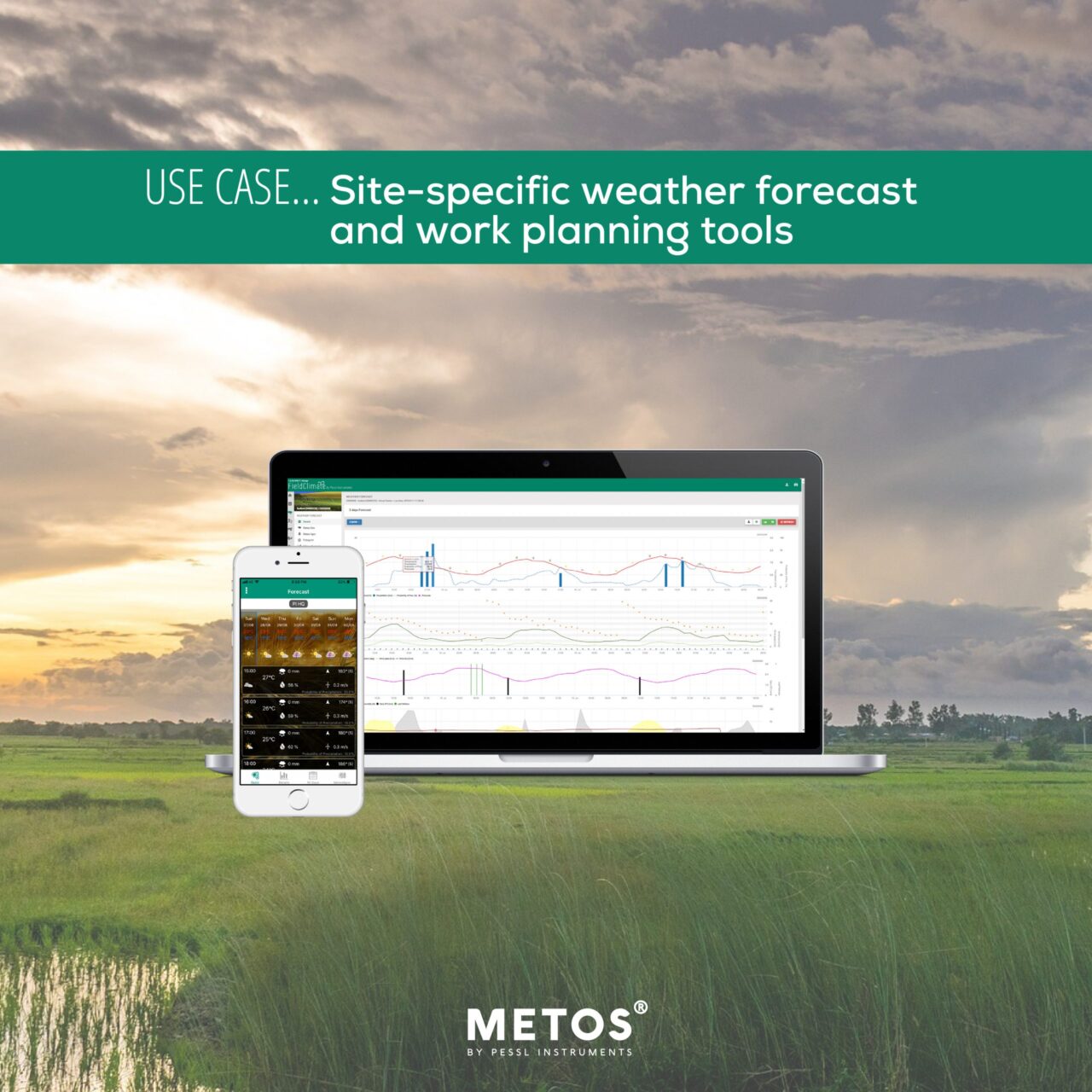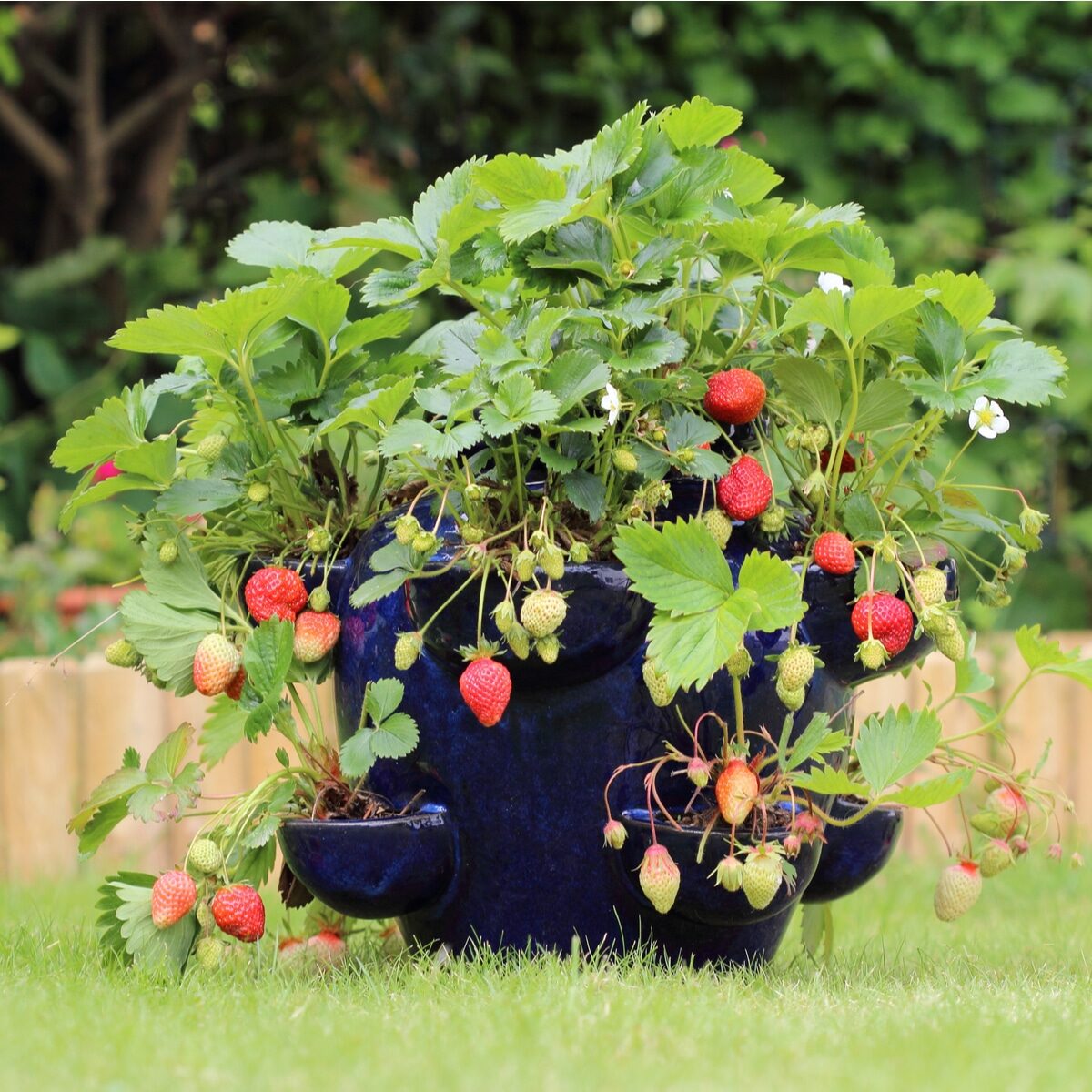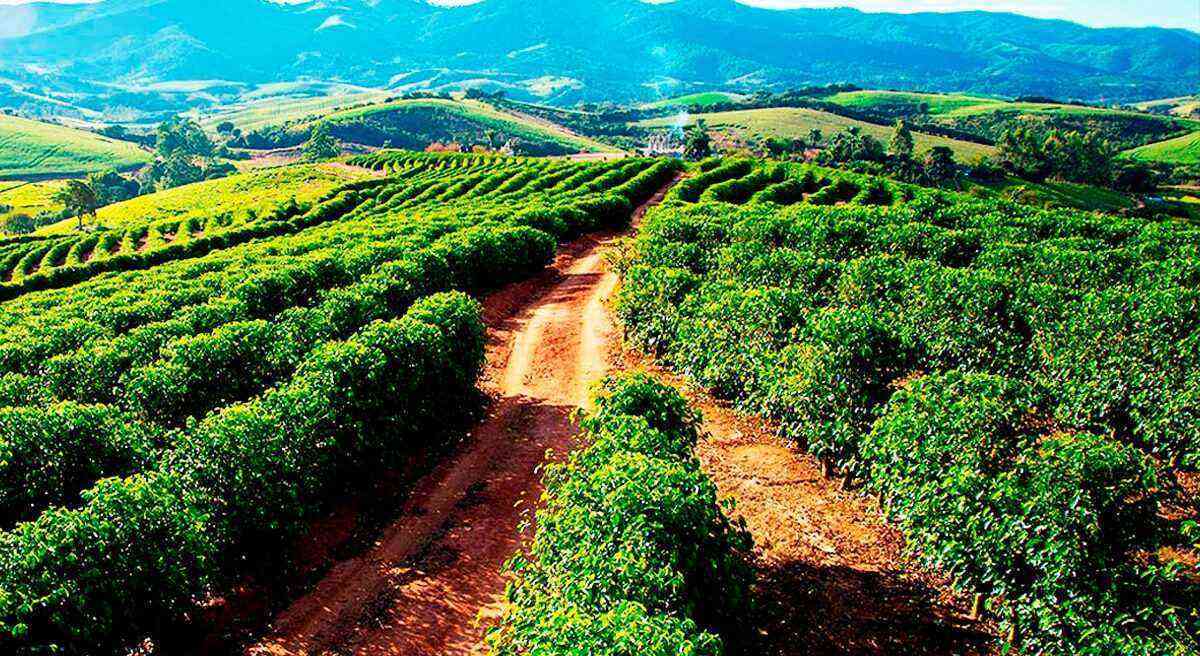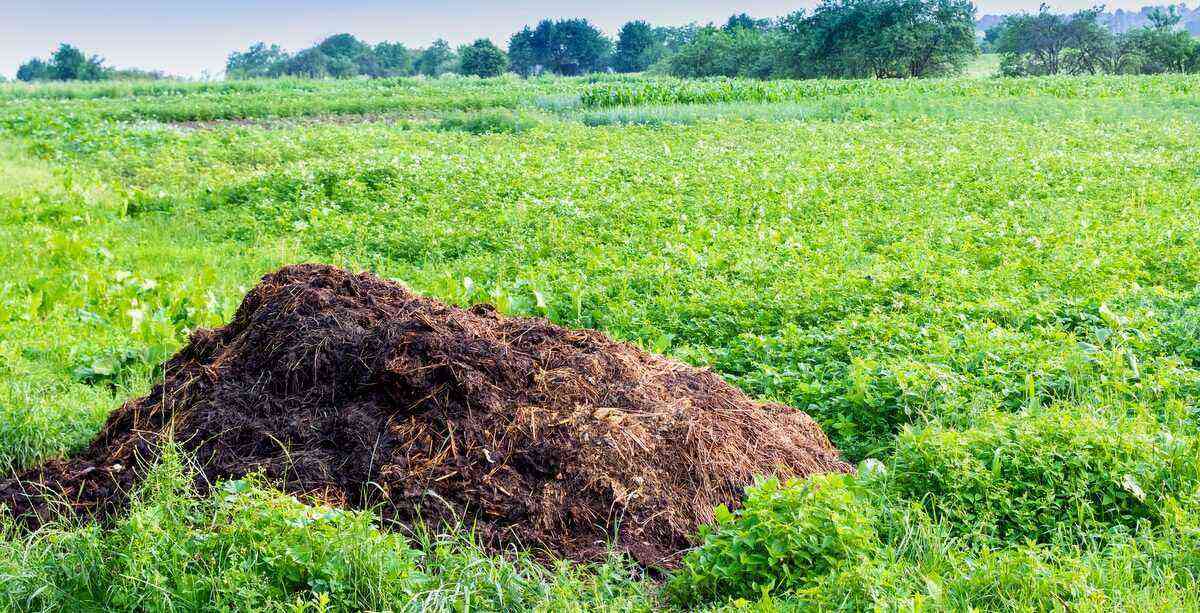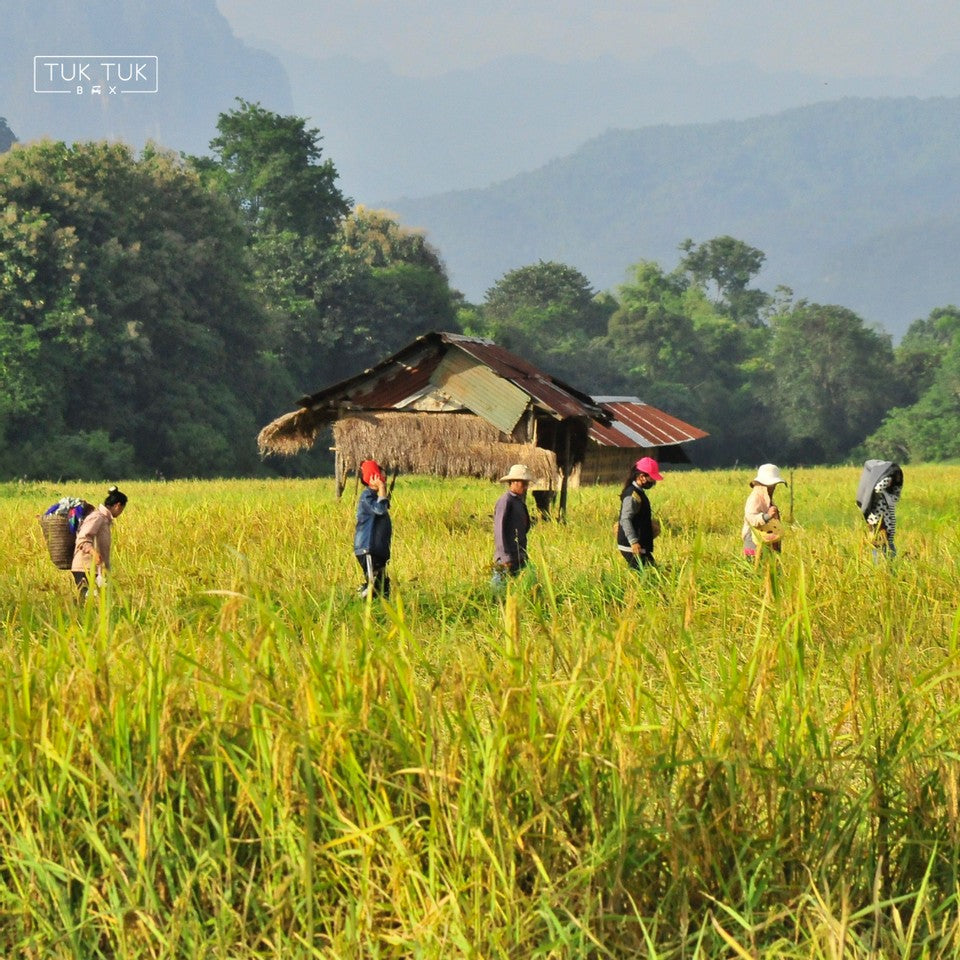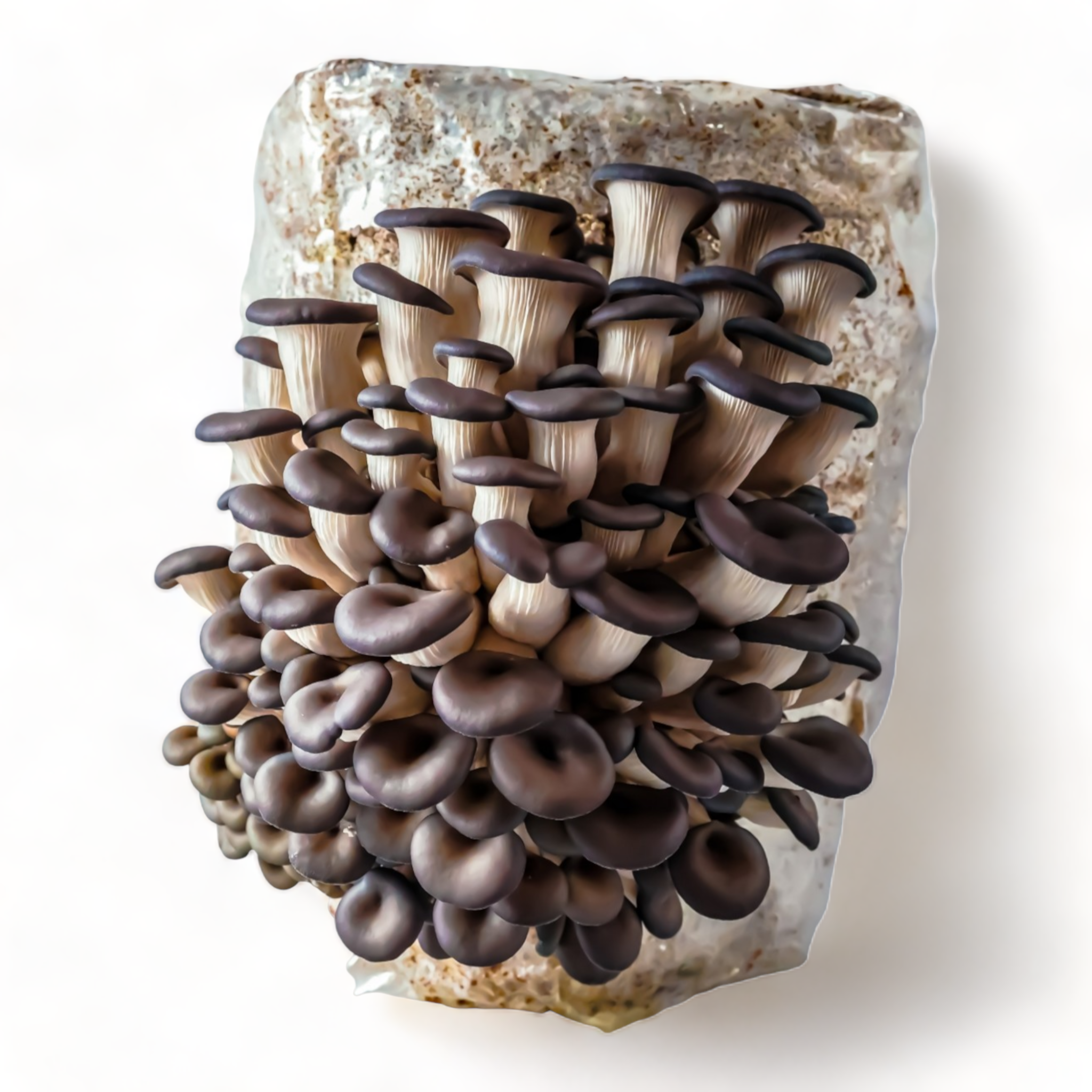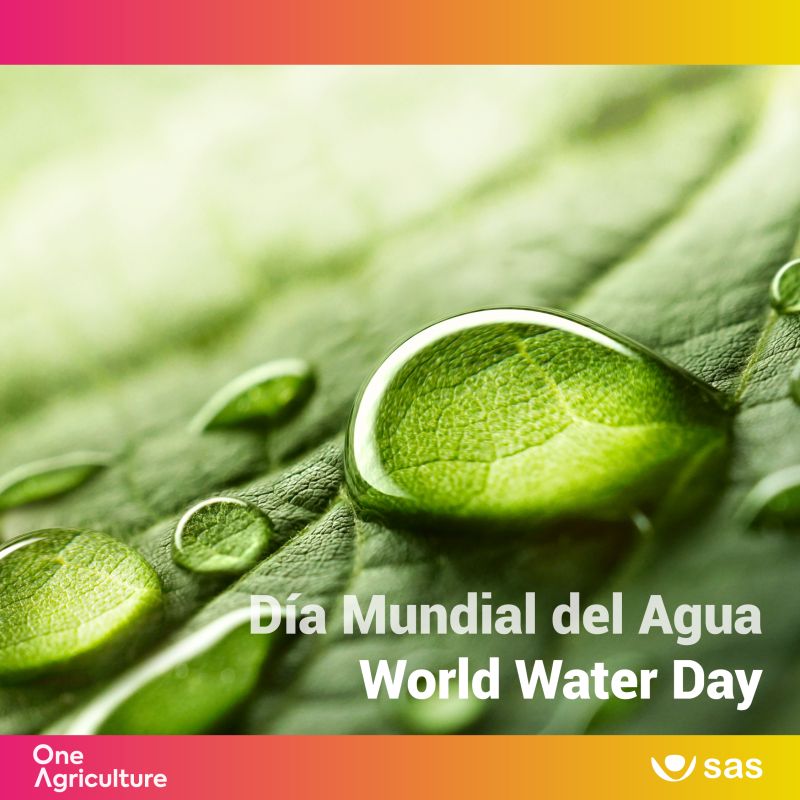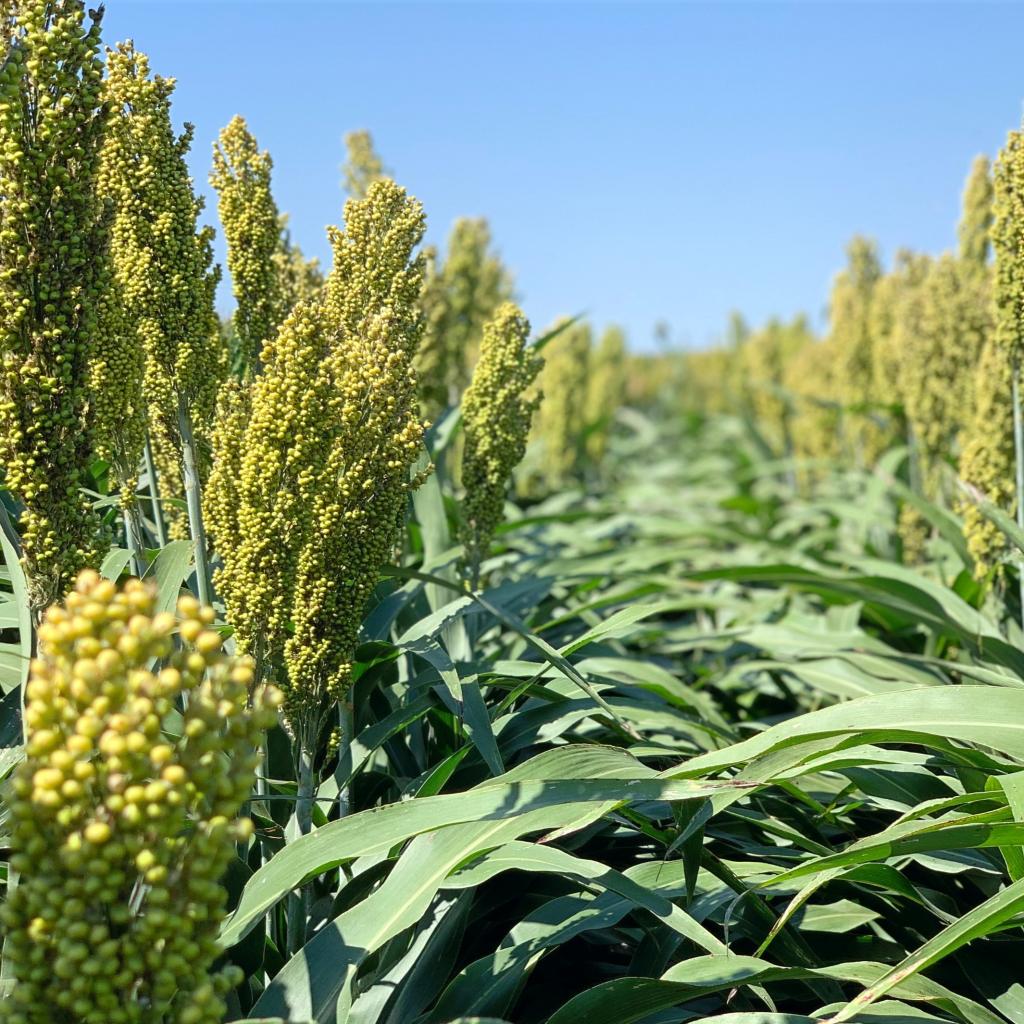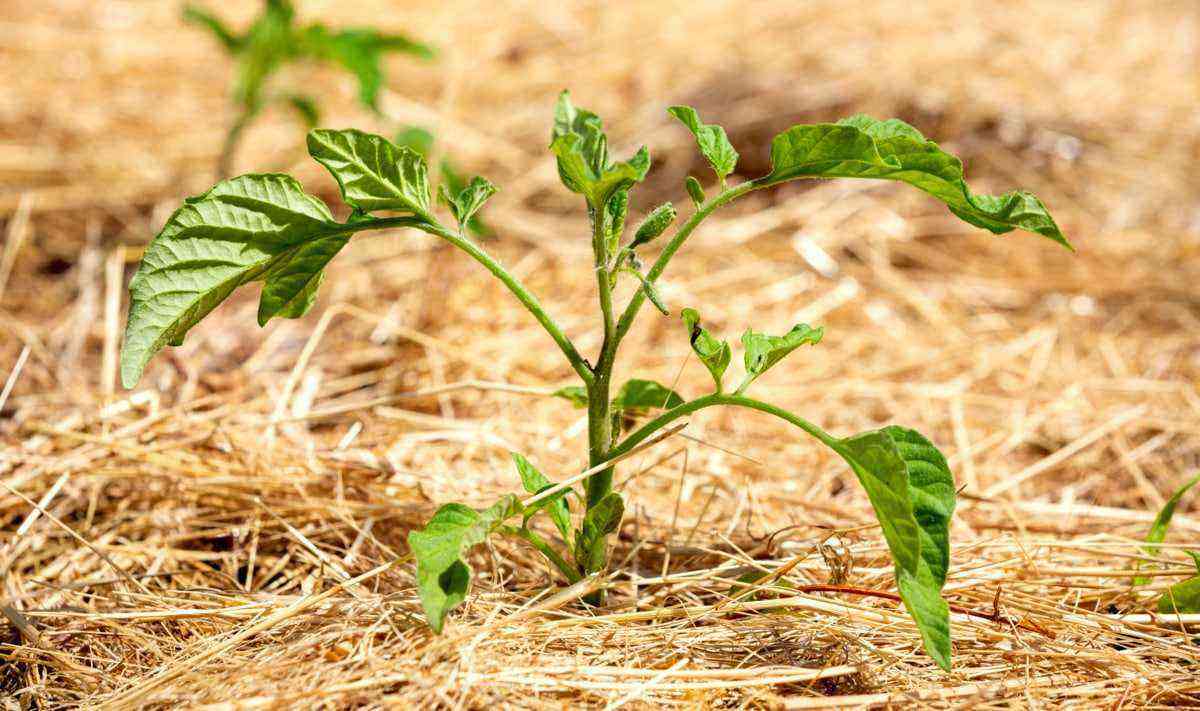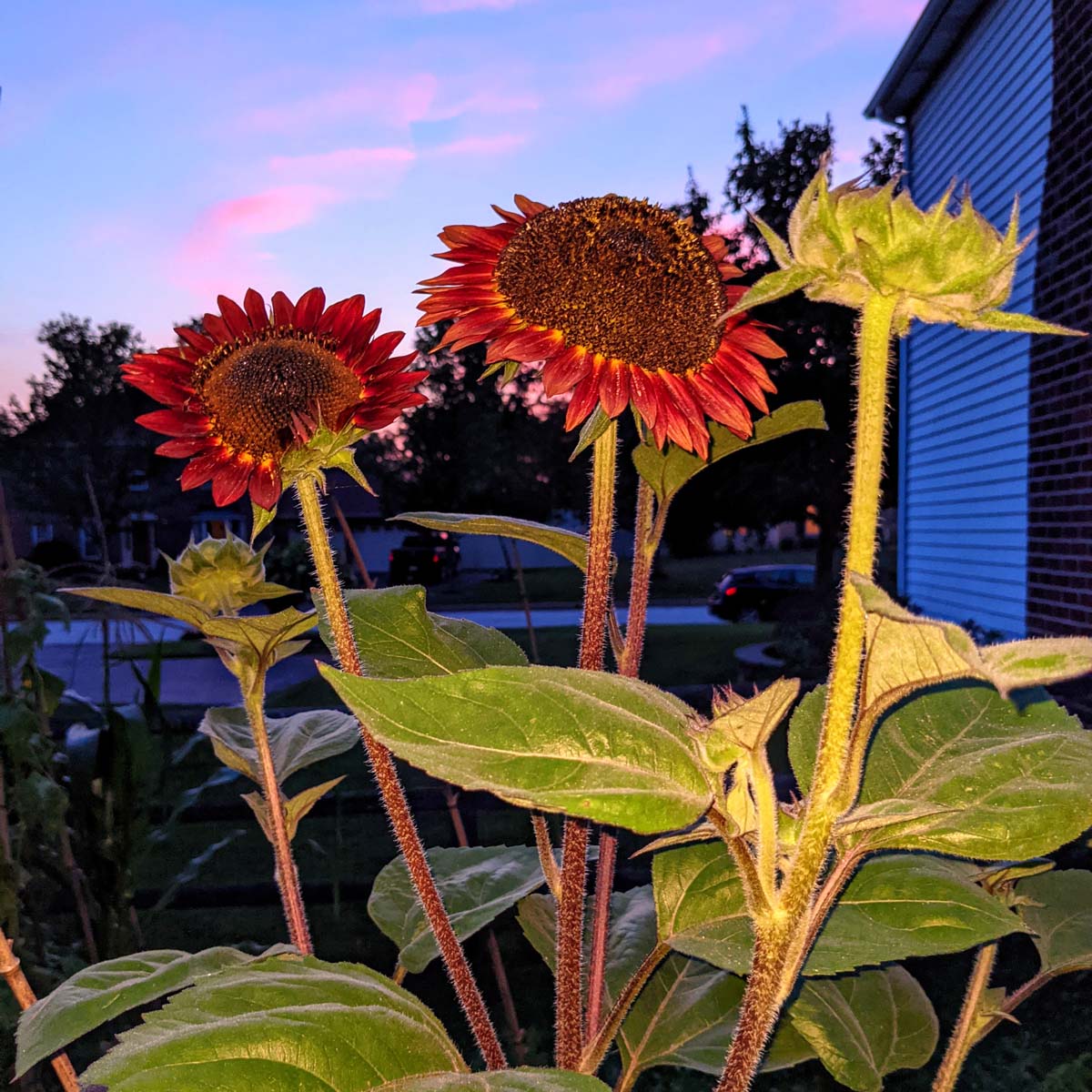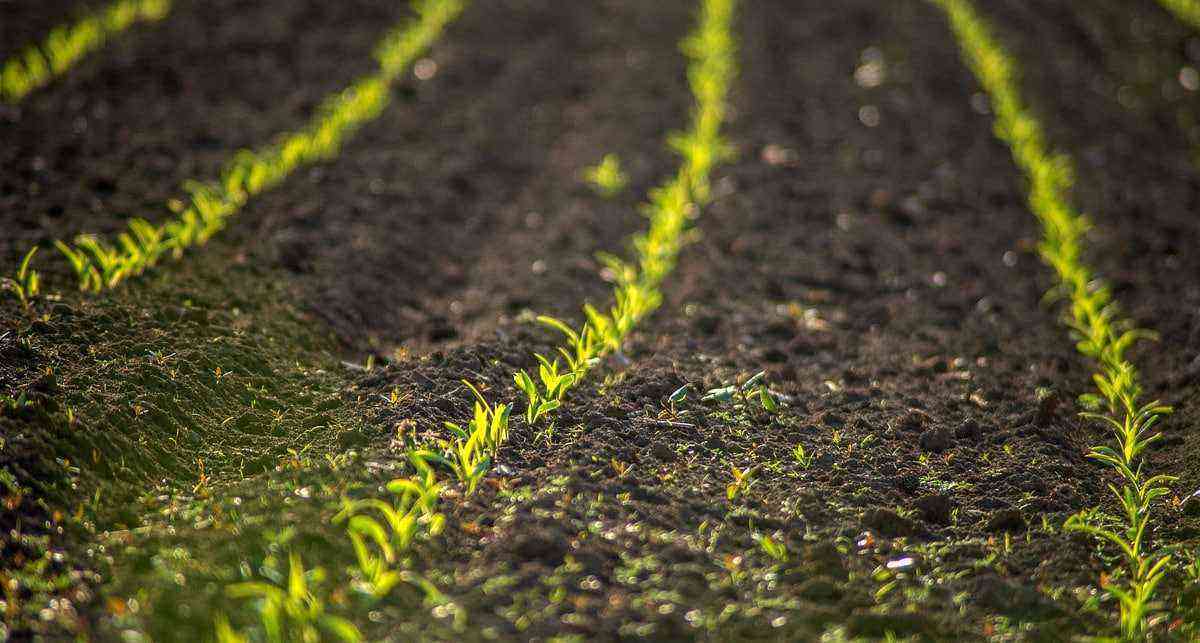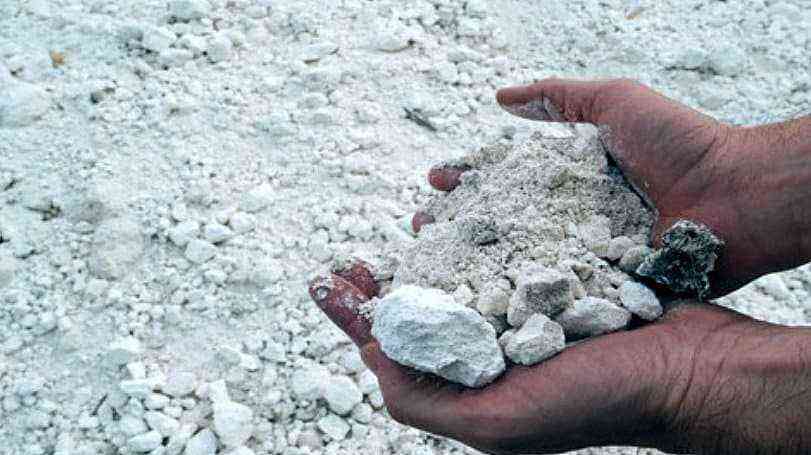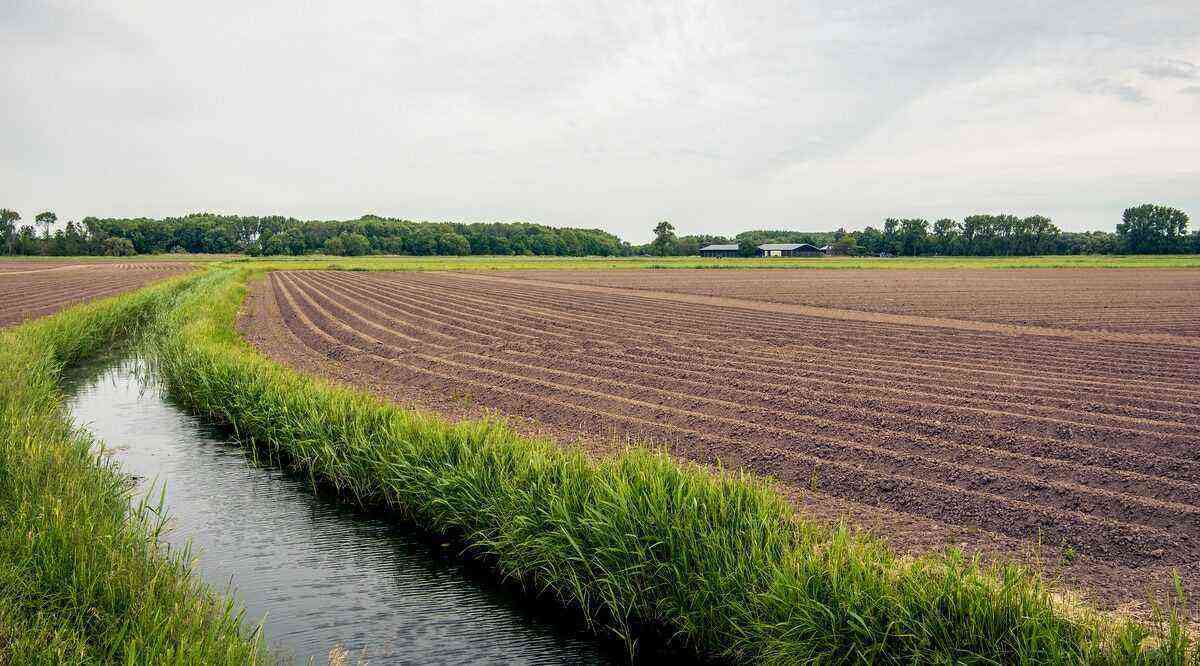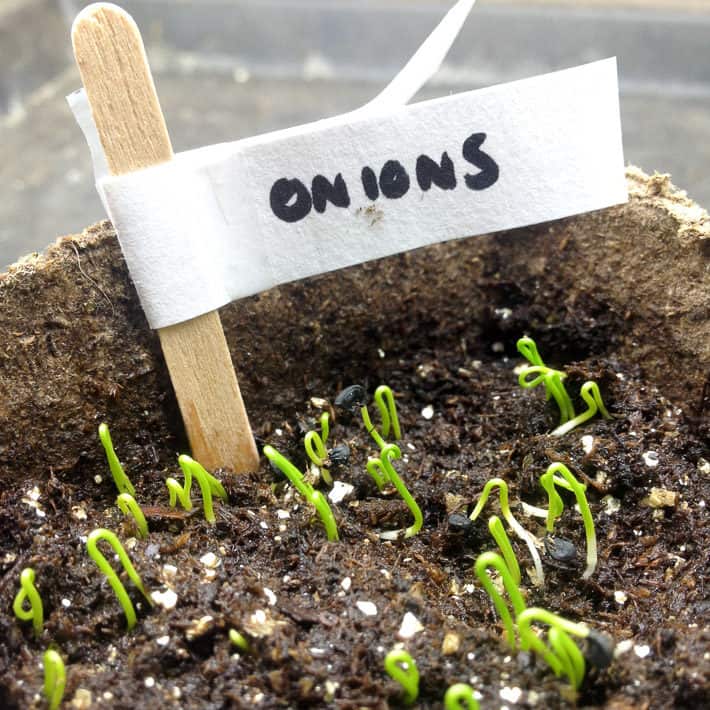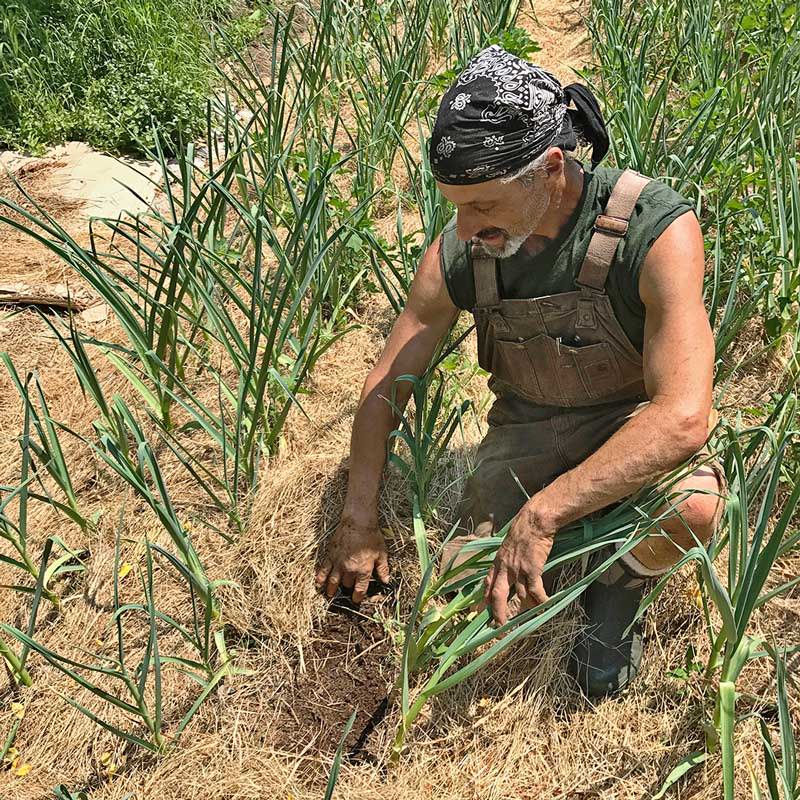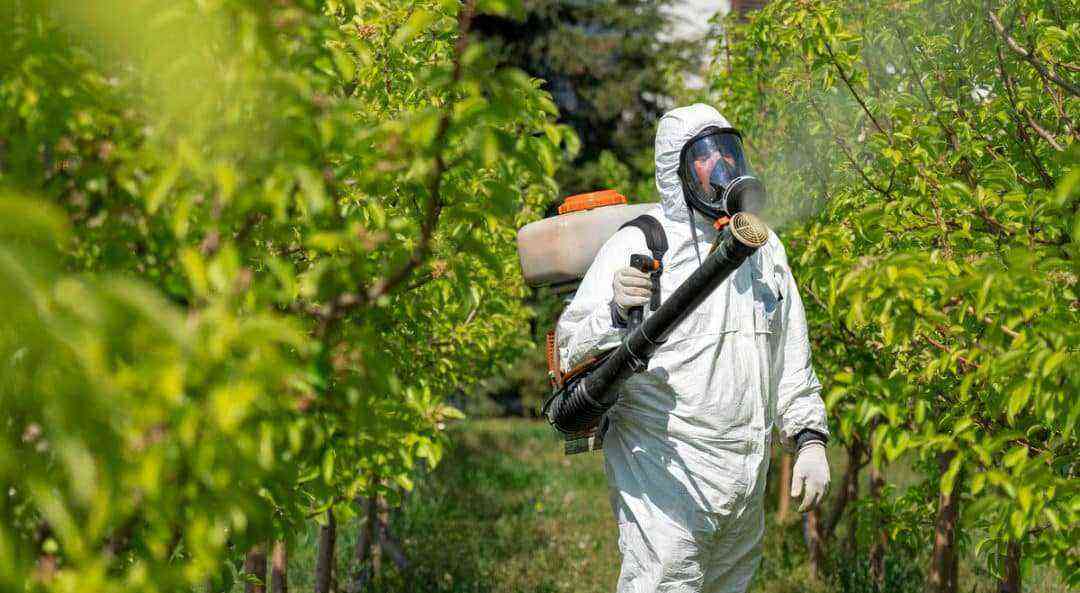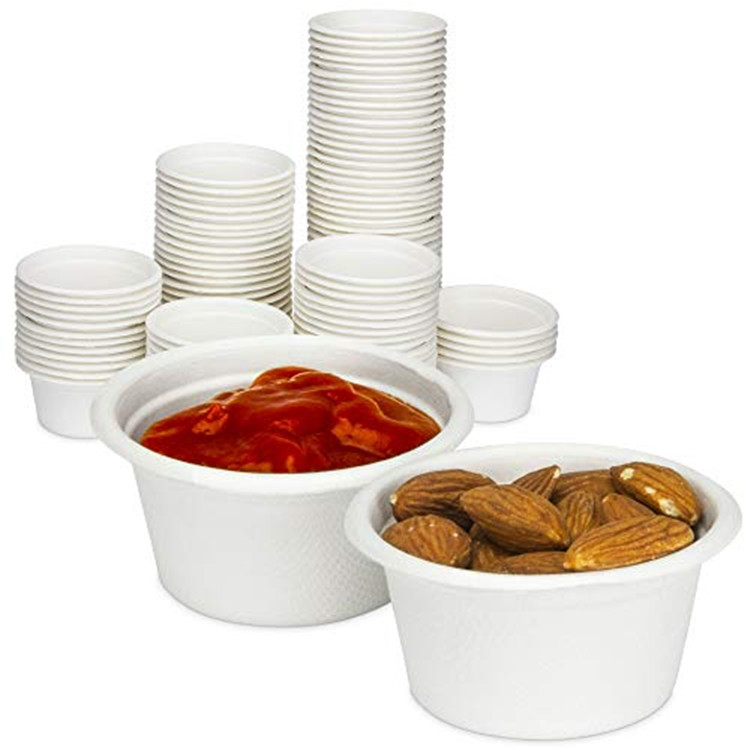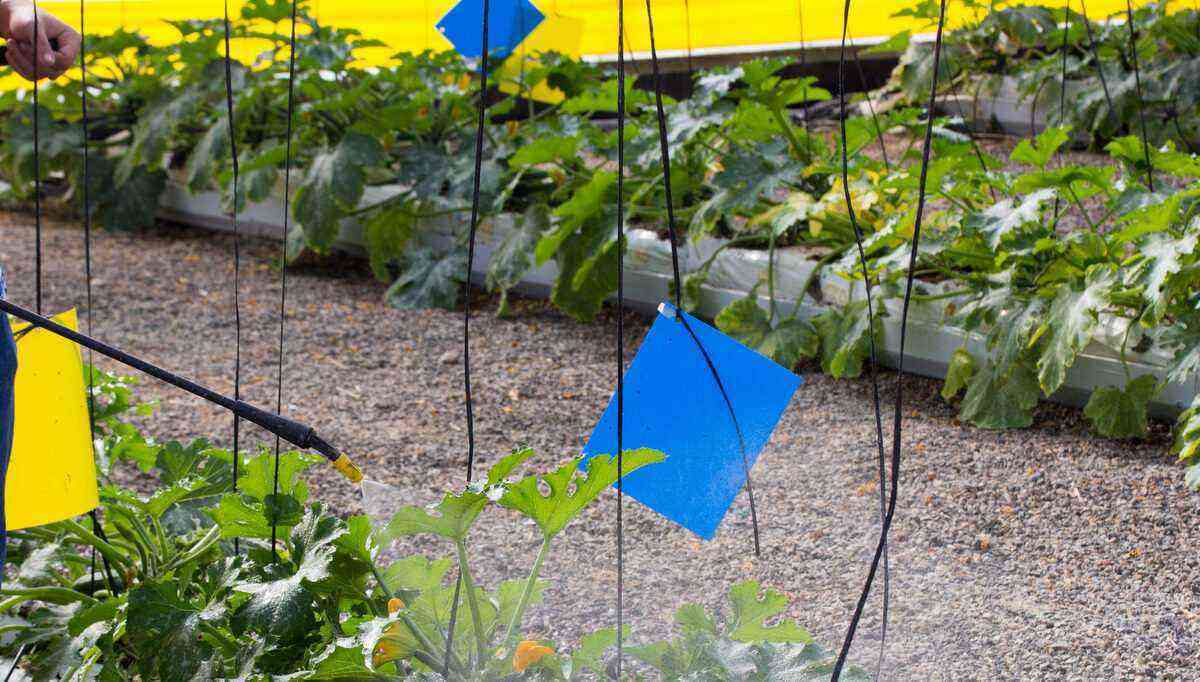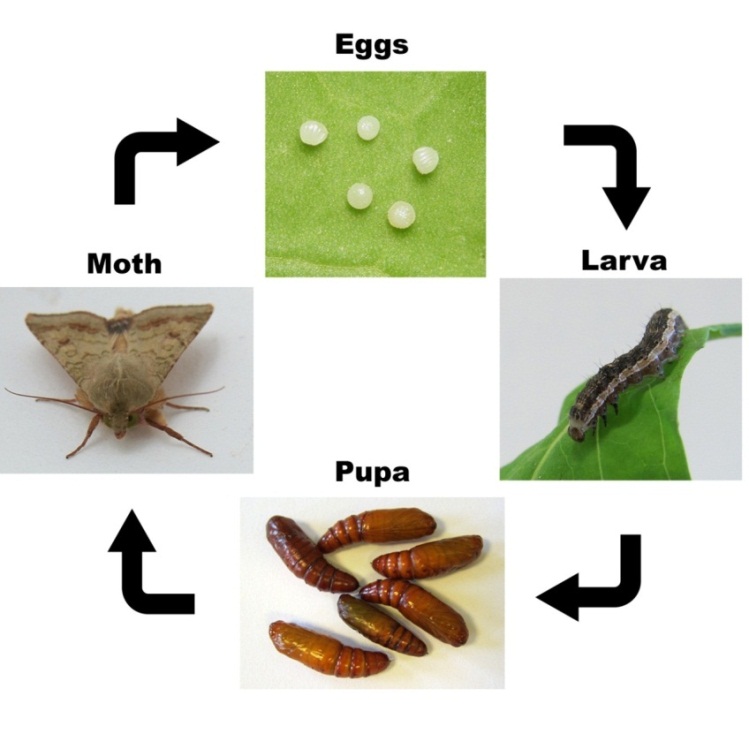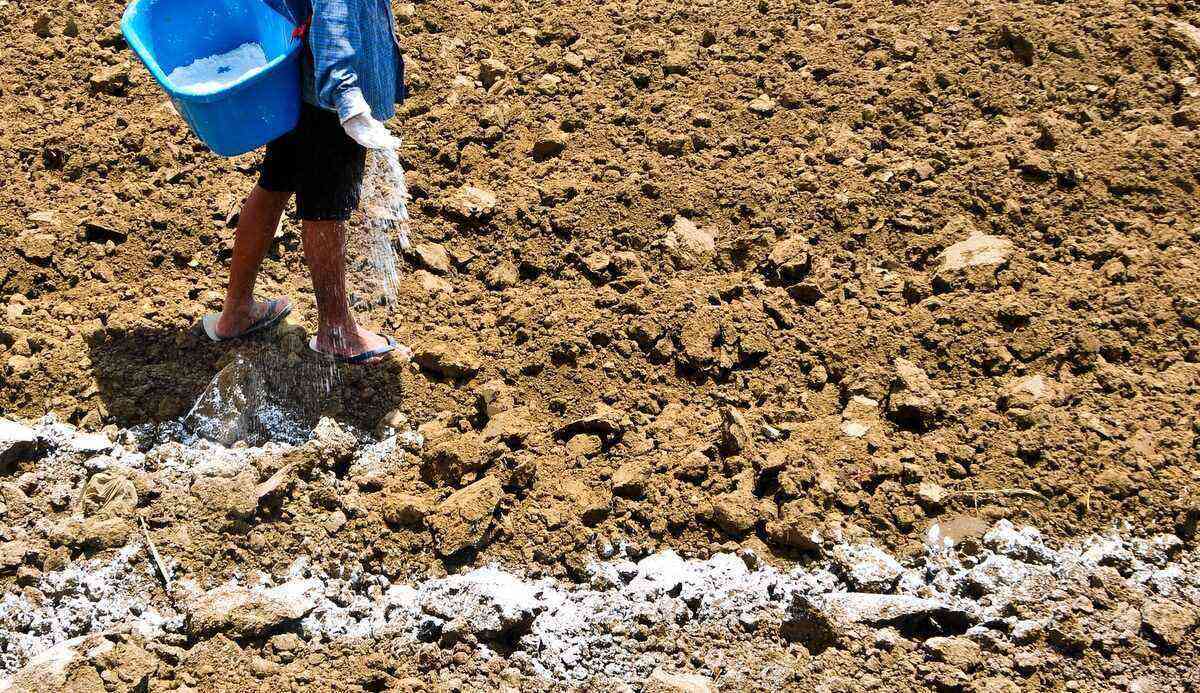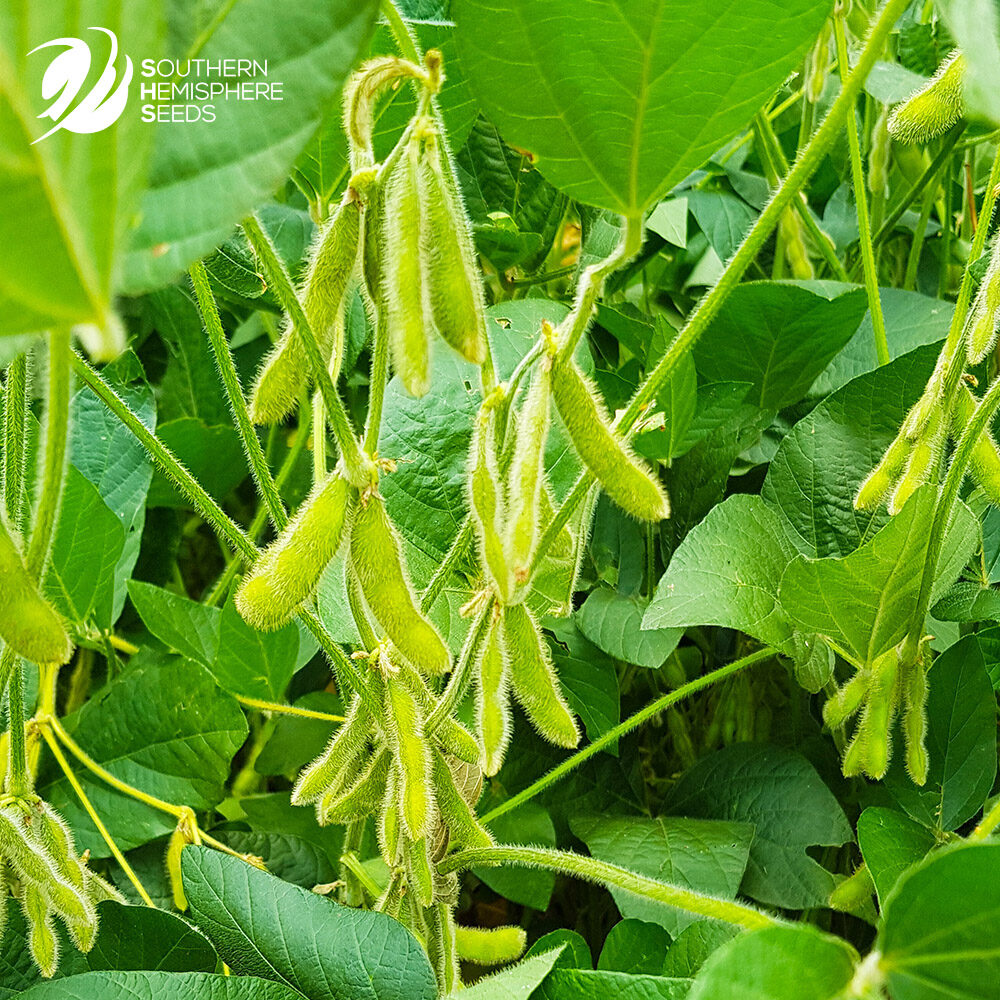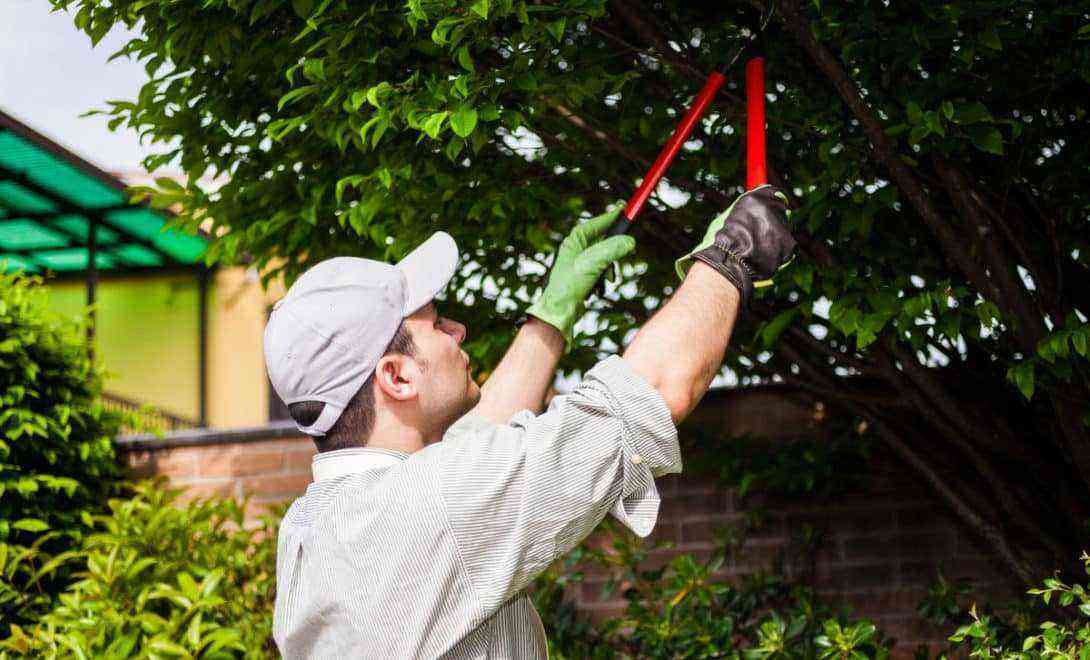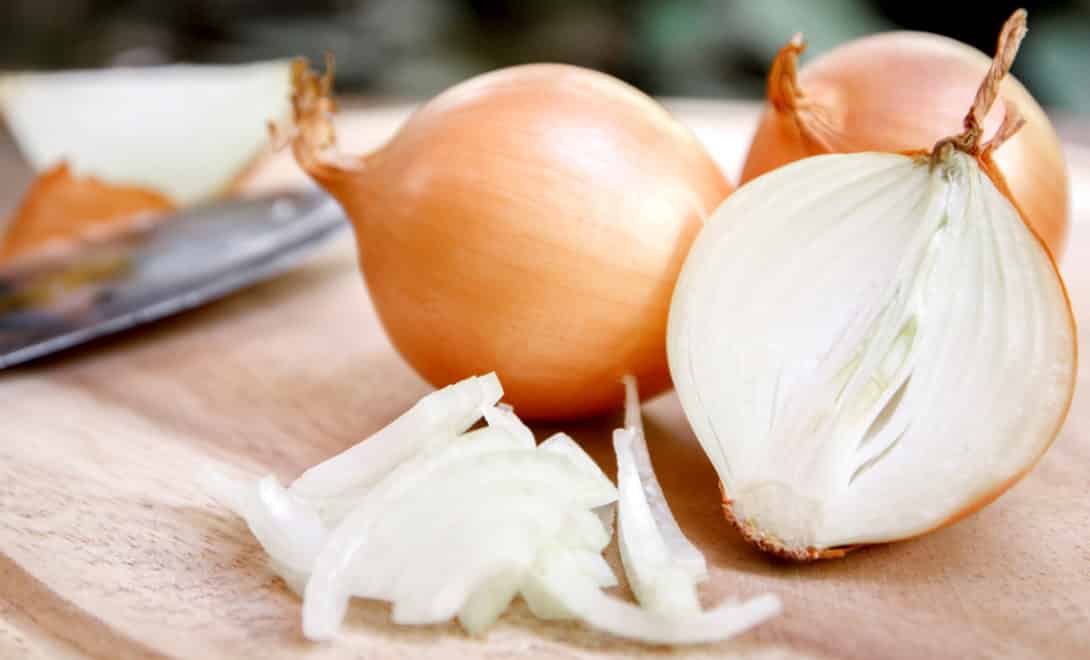The new technologies have been helping the rural producer to increasingly increase their production and reduce their costs. However, to achieve great results it is necessary to use a simple and very important technique: the planting planning.
With some procedures and certain calculations you can increase productivity and decrease expenses. Find out more about this method below.
To diversify your planting or learn about new production techniques, you can buy, trade and sell the most diverse products related to Agribusiness on the Rural MarketPlace. Visit the MF Rural website.
How to plan the planting?
As with any type of planning, it is necessary to start by organizing a very clear schedule of the activities to be carried out, their dates and the products and instruments needed for each of the processes:
A planting date it is one of the first decisions that must be made when thinking about planning, since each crop has its own cycles and many of them depend on the presence or absence of water.
In this way, organizing yourself from the seasons of the year with greater or lesser amount of rain can be essential.

Before planting, the farmer needs to do strategic planning for each of the stages to reduce the margin of errors and unnecessary expenses.
Likewise, when a planting phase needs moist soil, but the rainy season is far away, it is necessary to put into the planning the need for irrigation and how it can be done in the best possible way.
Cuide do solo!
Another extremely important factor is planning, according to the variety to be planted, which inputs are needed to nourish the soil before planting.
It is also necessary to verify, at this stage of planting planning, the need to hire a specialized professional to indicate the products that can be planted in the area, based on a soil analysis.
In addition to soil nutrition, it is also important to predict how it will be prepared and what products you need to buy to carry out the procedure.
The advance planning of the seed purchase can also be fundamental, as it allows you to study the possibilities. It is even possible to discover some genetically improved variety that meets market requirements more efficiently.
In order not to run the risk of discovering that your machine or implement does not work at the time of planting, it is important to include a review of this equipment in your planning. In addition, make the repair of those that eventually have a failure.
Negotiation: important in planting planning
After preparing the schedule, let’s move on to the practical part, that is, executing what you put in the planning. This is usually where a big problem is encountered: expenses.
In addition to taking measures that can reduce production costs on the property itself, such as planting in rainy seasons, which provides natural irrigation, it is necessary to pay attention to the factor time.

Proper irrigation management allows to significantly improve production results and this includes good planting planning.
With prior planning, time will be available before planting. In this way, it will be possible to outline very well the execution of what was included in your schedule of stages of the agricultural harvest.
This ranges from negotiating product values to looking for new purchase options, much more affordable. In addition, it is possible to make advantageous agreements regarding the exchange of products and services.
In fact, it is the flexibility of time and planning that avoid unnecessary expenses, such as the purchase of inputs that will not be used or the useless use of equipment, causing the wear of parts and unnecessary consumption of fuel.
This type of scheme is valid for everything: it is possible to negotiate the inputs, one of the factors that most demand financially. You can seek help from agronomists who can give tips for better use of the soil and the planting area.
It is possible to exchange parts for equipment on the farm itself or look for cheaper labor, among others.
The lack of irrigation planning at planting can cause drought to destroy productivity. Check out important tips to avoid this problem in video below:
Source: Water.
Reduction of costs
In addition to planting planning, scheduling other tasks within the property can help reduce costs. One of them is definitely linked to fertilization.
In certain cases, the farmer can program himself to carry out fertilization for a crop during winter and take advantage of the residual effect for the summer crop, as, for example, in the case of soybeans. Thus, you can reduce the amounts spent on inputs.
This is due to the fact that crops need a greater application of fertilizers in winter. After all, as the rains, in the period, are generally quite reduced, there is an accumulation of residues in the soil.

With planting planning, the farmer can reduce expenses with fertilization from one crop to another.
The intelligent use of inputs that are already available on the property also represents a cost reduction.
Therefore, fertilizers should not be applied unnecessarily. Superfluous use, just as a guarantee, causes expenditure not only on the input itself, but also on labor and machinery.
Planting planning can increase productivity
The combination of planning and time-to-execution doesn’t just offer financial advantages. Productivity will also be directly affected. Check out:
- Properly irrigated plants will grow healthy, increasing production numbers;
- Properly prepared soil and well-applied inputs will increase the number of plants. It will certainly make them grow stronger, free from disease and pests;
- A piece of equipment in perfect condition will work flawlessly, without harming the seeds or leaving empty spaces;
- Well-chosen seeds will not have germination problems.
quality improvement
The execution of a planting plan offers financial and productive advantages. In addition, it can also be responsible for improving the quality of the products resulting from that culture.
This improvement starts with soil enrichment, which can be done through crop rotation.

A soil rich in nutrients can also be obtained with a planning that allows, for example, a lower investment.
This planned arrangement of crops is important, as each one of them leaves biological residues in the soil that can serve as natural fertilizer for the next plantation at that location. This can also represent savings in inputs at the time of planting.
The investment in cultures that completely cover the soil, avoids the erosion process and develops drainage because, increasing the organic matter present there and the retention of moisture, there will be a better disposition of nutrients.
Thus, the next crop planted in that area will have fertile soil and will develop more healthily. It is yet another example of how planning can help the farmer.
Stay tuned!
Therefore, to summarize all the fundamental actions to make a good planting plan, check out our tips:
- Climate conditions;
- Soil and seed quality (right time to get the best price);
- Labor for planting and harvesting;
- Machinery conditions – overhaul of machines when idle;
- transportation logistics;
- Market analysis – check the best moment for the sale of production.
the consultant of Sebrae in São Paulo, Marcelo Rondon Bezerra, explains how to carry out a good planning of the food harvest, especially in the case of the vegetable market.
“To guarantee the frequency of production, the olericulturist has to define the best planting time of his beds and how many meters of each crop to plant“, he stated. Therefore, it is an example of the importance of planning the planting in order not to be “in the hands” of middlemen.
No video below, follow how Sebrae can help the farmer in his day to day, also including planning:
Source: Sebrae SP.
Therefore, with this article, we hope to have presented important tips on how to plan agricultural planting, that is, practices that guarantee a good harvest, profits and at the same time reduction of expenses and investments.
In this way, as we mentioned at the beginning of the text, new technologies are always studied and presented to help the farmer. Check out our post on the correct use of sowing equipment that can guarantee good agricultural production. Good reading!

